Full Service loan Experience
Discover the Charm of Rural Living with USDA Home Loans
Escape the hustle and bustle of city life and embrace the serenity of rural living with USDA home loans. Enjoy the perks of flexible credit requirements and the convenience of no down payment. Our USDA Loan Qualifier simplifies the process, providing you with the tools and knowledge needed to navigate the journey to homeownership effortlessly.
usda loans
looking outside city limits?
Thinking about buying a home in a rural area? A USDA loan might be just what you need! The United States Department of Agriculture (USDA) offers loans that make it easier for borrowers to own a home outside of city limits. USDA loans come with several benefits, including flexible credit requirements and no down payment needed.
Why might you choose a USDA loan? It's a fantastic option if you're looking to buy a home in a rural area and want to take advantage of flexible underwriting and zero down payment requirements.
Who can benefit from a USDA loan?
- Homebuyers looking to purchase in rural areas
- Buyers with flexible credit needs
- Homeowners seeking a loan with no down payment required
Whether you're buying your first home or your next one, we'll help you find the right loan for you. Let's make your homeownership dreams a reality!
USDA LOANS
Benefits And Requirements
BENEFITS OF A USDA LOANS
- No Down Payment: One of the most significant benefits of USDA loans is that eligible borrowers can purchase a home with no down payment, making homeownership more accessible, especially for borrowers with limited savings.
- Low Interest Rates: USDA loans often offer competitive interest rates, making them an attractive option for eligible borrowers. These low rates can result in lower monthly payments and reduced long-term borrowing costs.
- No Mortgage Insurance: USDA loans do not require private mortgage insurance (PMI), even with a zero-down payment. This can lead to lower monthly payments compared to conventional loans with less than 20% down payment.
- Flexible Credit Requirements: USDA loans have more lenient credit score requirements compared to conventional loans, making them accessible to borrowers with less-than-perfect credit. While specific requirements may vary, borrowers with credit scores as low as 640 may qualify.
- Rural Development Focus: USDA loans are designed to promote homeownership in rural and suburban areas. Eligible properties must be located in designated rural areas, as defined by the USDA, which may offer a more relaxed pace of life and lower cost of living.
REQUIREMENTS FOR A USDA LOANS
- Property Eligibility: USDA loans are only available for properties located in designated rural and suburban areas. Borrowers can check the USDA's eligibility map to determine if a property qualifies for USDA financing.
- Income Limits: USDA loans have income limits based on the area's median income. Borrowers must meet these income limits to qualify for a USDA loan. Income limits vary by location and household size.
- Occupancy Requirements: Borrowers must intend to occupy the property as their primary residence. USDA loans cannot be used for investment properties or vacation homes.
- Property Standards: The property must meet certain standards set by the USDA, including minimum property requirements for safety, sanitation, and structural integrity. A USDA appraisal will assess the property's condition and ensure it meets these standards.
- Loan Limits: USDA loans have loan limits based on the borrower's income and debt-to-income ratio. While there is no set maximum loan amount, borrowers must demonstrate their ability to repay the loan based on their income and financial obligations.
DOCUMENTATION NEEDED TO GET YOUR LOAN APPROVED
- Proof of Income: Recent pay stubs, W-2 forms, and tax returns for the past two years to verify income stability.
- Employment Verification: Contact information for employers and possibly bank statements showing regular income deposits.
- Credit History: Authorization for lenders to pull credit reports to assess credit history and score.
- Asset Documentation: Bank statements and investment account statements to verify assets and financial reserves.
- Identification: Valid identification such as a driver's license or passport to verify identity.
- Property Documentation: Documentation related to the property purchase, including the purchase contract and any appraisals or inspections.
USDA LOANS
PROS AND CONS
Pros:
- No Down Payment: USDA loans offer 100% financing, allowing eligible borrowers to purchase a home without a down payment. This makes homeownership more accessible, especially for first-time homebuyers and those with limited savings.
- Low Interest Rates: USDA loans often feature competitive interest rates, which can result in lower monthly payments and reduced long-term borrowing costs for eligible borrowers.
- No Mortgage Insurance: USDA loans do not require private mortgage insurance (PMI), even with a zero-down payment. This can lead to lower monthly payments compared to conventional loans with less than 20% down payment.
- Flexible Credit Requirements: USDA loans have more lenient credit score requirements compared to conventional loans, making them accessible to borrowers with less-than-perfect credit. While specific requirements may vary, borrowers with credit scores as low as 640 may qualify.
- Rural Development Focus: USDA loans are designed to promote homeownership in rural and suburban areas. Eligible properties must be located in designated rural areas, as defined by the USDA, which may offer a more relaxed pace of life and lower cost of living.
Cons:
- Property Restrictions: USDA loans are only available for properties located in designated rural and suburban areas. Borrowers must ensure that the property they wish to purchase meets the USDA's eligibility criteria, which can limit options in more urban or developed areas.
- Income Limits: USDA loans have income limits based on the area's median income. Borrowers must meet these income limits to qualify for a USDA loan, which can exclude higher-income households from eligibility.
- Occupancy Requirements: Borrowers must intend to occupy the property as their primary residence. USDA loans cannot be used for investment properties or vacation homes, limiting flexibility for some borrowers.
- Loan Processing Time: USDA loans may have longer processing times compared to conventional loans due to additional documentation and verification requirements. Borrowers should plan for potential delays in the loan approval and closing process.
- Funding Availability: USDA loans are subject to funding availability, and loan programs may be limited or suspended in certain areas or during periods of high demand. Borrowers should check with their lender or USDA office for current program availability.
download
home buyer workshop
Curated buyer resource to help guide you in purchasing your home.
Buyer Workshop
Click the button below to access resources
Please try again later.
Working with E3
Reviews
Connect with E3 Realty & Loans
Ready to take the next step in buying a home?
Let's schedule a meeting! During this initial consultation, we'll learn more about your situation and what you're seeking in a home. We'll provide advice and address any concerns you may have in order to determine the best approach to achieving your goals. By the end of our conversation, we'll have a solid plan of action and next steps for moving forward.
CRMS Realty and Loans, Inc. NMLS Consumer Access. All information provided is deemed reliable but is not guaranteed and should be independently verified. This website and its affiliates make no representation, warranty or guarantee as to accuracy of any information contained on this website. You should consult your advisors for an independent verification of any properties or legal advice.

Made with ❤️ by Liftoff Agent in the USA.
E3 Realty & Loans - DRE#02073759 - NMLS#1770437
CRMS Realty and Loans, Inc. NMLS Consumer Access. All information provided is deemed reliable but is not guaranteed and should be independently verified. This website and its affiliates make no representation, warranty or guarantee as to accuracy of any information contained on this website. You should consult your advisors for an independent verification of any properties or legal advice.

Made with ❤️ by Liftoff Agent in the USA.

